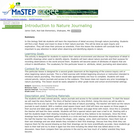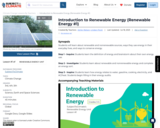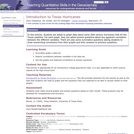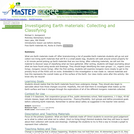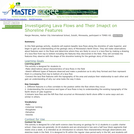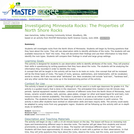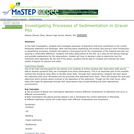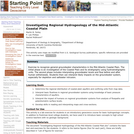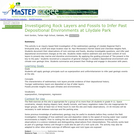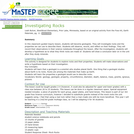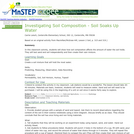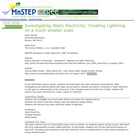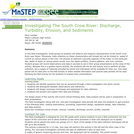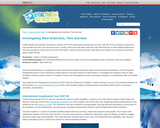SYNOPSIS: Students will learn about renewable and nonrenewable sources, ways they use energy in their everyday lives, and ways to conserve energy.
SCIENTIST NOTES: The lesson allows students to explore the differences between renewable and nonrenewable energy sources and to analyze U.S. energy data to broaden their understanding on carbon footprint from the energy sector. There are no scientific misconceptions in the lesson, and all materials are properly sourced. Thus, this lesson has passed our science credibility process.
POSITIVES:
-This lesson on renewable energy may lead to students' first exposure to climate change.
-There is a useful glossary at the end of the slideshow.
ADDITIONAL PREREQUISITES:
-This is lesson 1 of 6 in our 3rd-5th grade Renewable Energy unit.
-Students may have trouble differentiating between coal, natural gas, and petroleum. You can explain that they are all fossil fuels and take a long time to develop underground.
-Students may inquire about nuclear energy, which is not included in the sort. Nuclear energy is nonrenewable because it uses uranium, a finite resource.
-The term "natural gas" is used in this lesson instead of gas, methane, methane gas, fossil gas, or other names because "natural gas" is the most recognizable name for it. The term "gas" is incredibly confusing because it is one of the states of matter and refers to any number of gases. It also is shorthand for the liquid fuel called gasoline that is used in motor vehicles. If you're interested in learning about the problems associated with calling it "natural gas," check out this intriguing data from the Yale Program on Climate Change Communication.
DIFFERENTIATION:
-Before the lesson, you may want to review natural resources with the students, which is typically taught in K-2. Natural resources are anything in nature used by humans.
-You can group students of different abilities together when they are completing the energy sort.
-You can share the energy sort with your students on paper or in digital form.
-Students can complete the energy audit on paper or in digital form.
